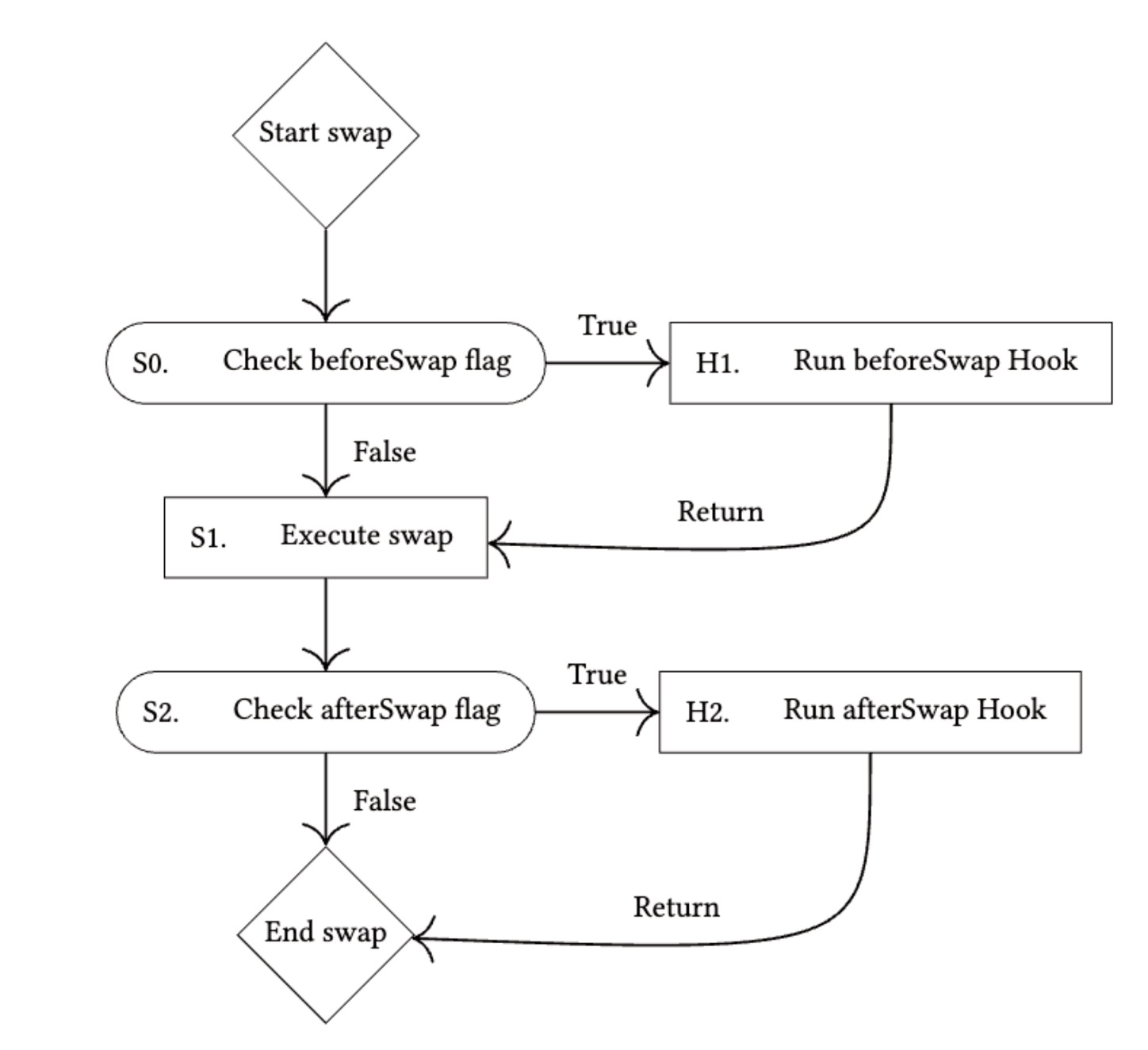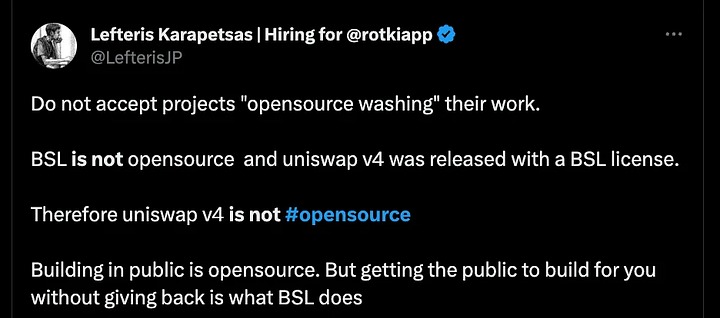Uniswap launched its services in November 2018. It provides decentralized financial services based on the Ethereum blockchain. The exchange had grown to become one of the most significant decentralized exchanges. Uniswap also recently launched on the BNB Chain after the proposal passed with flying colors.
Uniswap Labs, the development team behind the DEX Uniswap, has revealed its vision for the upcoming version of its cryptocurrency exchange platform, Uniswap v4.
What is Uniswap V4?
Uniswap v3 introduced innovative features such as oracles, enabling the integration of real-time, on-chain pricing data. However, these enhancements came with the tradeoff of higher fees and increased complexity in the code.
Recognizing the need for a more inclusive approach, the team is introducing “hooks” in v4, aiming to democratize tradeoff decisions. Let us dive deeper into what Uniswap V4 is and what makes it stand out.
The unveiling of the Uniswap V4 whitepaper has highlighted several potential features and improvements coming to the leading decentralized exchange protocol. The upgrades look to unlock greater customization and efficiency.
Key Changes in Uniswap V4
Custom Mining Pools via “Hooks”
Uniswap V4 introduces contract “Hooks” that enable customization at different points in a liquidity pool’s lifecycle. This allows developers to program pools for specific functions like dynamic fees, price limit orders, and more. The flexibility promises to spur innovation but may increase complexity.

Singleton Design
Unlike Uniswap V3, where each pool deploys separate contracts, V4 pools will exist under one shared contract. This singleton model will significantly reduce gas costs for executing swaps and other transactions.
Lightning Accounting
By limiting external token transfers to only occur at the conclusion of operations, Uniswap V4 streamlines processes like swaps and liquidity injections to further boost efficiency.
Native ETH Trading
Uniswap V4 will reintroduce direct ETH/token trading pairs after WETH was adopted in V2 and V3. This provides cost savings since native ETH transfers consume less gas than ERC-20 token transfers.
Benefits of Uniswap V4
Increased Efficiency and Flexibility: Uniswap V4 offers improved transaction routing and liquidity pool management, resulting in a more efficient trading experience and potentially increasing adoption.
Improved Customization: Hooks allow developers to add new functionalities to liquidity pools, encouraging innovation and the creation of unique trading features. This attracts developers and expands the range of use cases within the Uniswap ecosystem.
Gas Cost Reductions: Uniswap V4 incorporates features to reduce gas costs, such as native ETH support and flash accounting. This lowers barriers to entry, increases network throughput, and attracts more participants to the platform and the Ethereum ecosystem.
Interoperability: Hooks and ERC-1155 accounting enhance integration with other Ethereum protocols and standards, enabling complex interactions between different DeFi protocols and generating more fees.
Implications for Liquidity Providers: Dynamic fees managed by hook contracts give liquidity providers more control and potential for increased earnings. The introduction of withdrawal fees may discourage selling.
Potential for New Market Strategies: Uniswap V4 introduces features like Time-Weighted Average Market Maker (TWAMM), limit orders, and dynamic fees, enabling new market strategies not possible in previous versions. These attract sophisticated traders and increase trading volume.
Enhanced Vault Strategies and Collaborations — The inclusion of features like TWAMM, limit orders, and dynamic fees prompts users and developers to reimagine how they can leverage these advancements to their benefit and devise innovative strategies. This opens up new partnership opportunities for protocols seeking to build on top of Uniswap, fostering a fresh design landscape for V4 strategies.
Promotes Long-Term Liquidity — By empowering liquidity providers to customize fees and potentially optimize their provided capital for higher earnings, hooks incentivize users to maintain their capital in the liquidity pools. This introduces a game-theoretical aspect, coupled with withdrawal fees, that discourages premature capital withdrawal.
Potential Drawbacks
A crypto community member, Lefteris Karapetsas was quick to point out that Uniswap is not “open source” as it earlier stated. This allows Uniswap to internalize the benefits of open source (more eyes on the code) without allowing other people to profit from it.

With its licenses expiring in 2027, Uniswap V4 reflects an unfortunate trend in the crypto space to move away from truly open-sourced protocols.
There is also an assertion by @adamscochran that Uniswap is merely a replication of various other protocols.

Vulnerability issues

Governance, Release, and Distribution
Uniswap V4 will be governed by the Uniswap DAO and UNI token holders. The protocol will include a fee switch, which can be activated on a pool-by-pool basis to collect fees generated by liquidity providers.
Uniswap V4 will be released under the Business Source License 1.1, limiting usage to governance-approved entities. The release of Uniswap V4 is still pending as the code is being finalized and audited.
Concluding
Uniswap v4 continues the evolution of Uniswap into a flexible platform for DEX innovation, with its support for the permissionless deployment of new pools that use custom “hooks.” As a liquidity provider, caution should be exercised when deploying to pools with hooks that have certain permissions, as it may lead to the possibility of losing access to your principal. However, some hooks, like hooks on swap, do not create that risk for LPs, allowing for more fearless deposits into such pools.
Uniswap v4 should make Uniswap more efficient and cheaper for users, which is great for the end consumer. The real promise of v4 is that it unlocks user innovation, and it will be exciting to see what users build.






